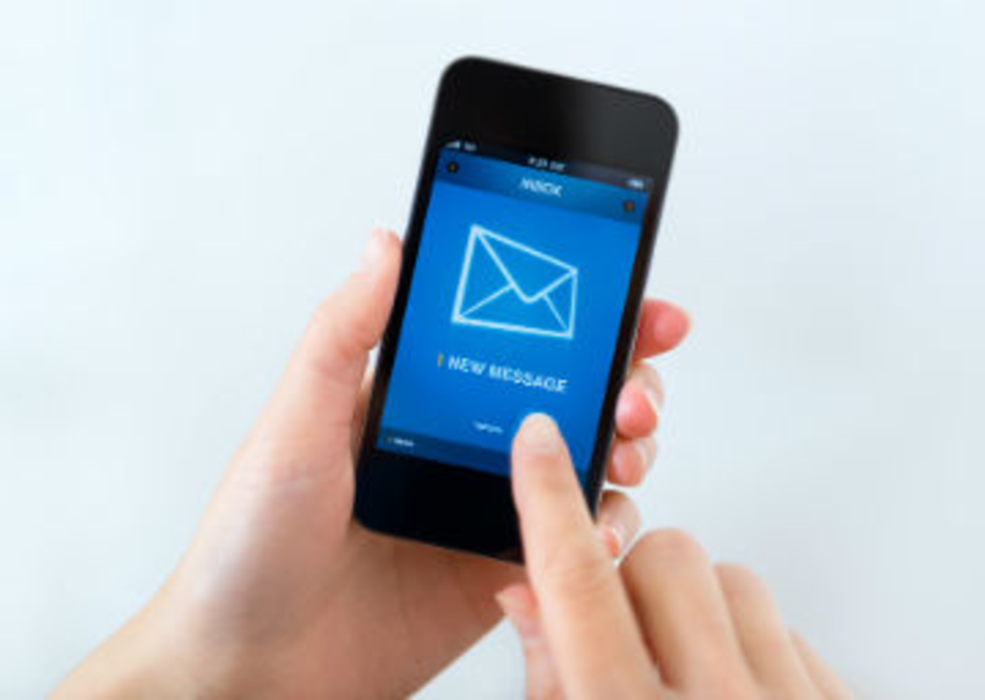Smartphones and tablets accounted for 61% of marketing emails opens this past quarter while desktop made up 39%, according to the “U.S. Consumer Device Preference Report: Q3 2013” by email marketing technology provider Movable Ink. But marketers might want to think twice before spreading their holiday cheer to Apple and Android users equally.
The iPhone is the most popular smartphone for opening email, cites the report, and accounted for 78.7% of all smartphone email opens versus 20.7% for Android phones. In fact, the iPhone accounted for 35.83% of total email opens across all devices—including smartphones, tablets, and desktops—while Android phones took up 9.42% of the total pie.
However, the iPhone has a bit of an unfair advantage. Jordan Cohen, VP of marketing for Movable Ink, defines email opens based on whether images in the messages render. Android phones don’t automatically render images; iPhones do.
Despite the fact that Android smartphones made up less than 10% of total email opens, Cohen says it’s important to design emails specifically for these users. However, he says marketers can pay less attention to Windows Phone and Kindle Fire devices, which accounted for 0.16% and 0.10% of email opens, respectively.
“I would never ignore one over the other,” he says. “9.3% is definitely not insignificant. If almost one in 10 of your emails is being opened on an Android [device]. I would certainly want to design for that platform and cater to your audience on that platform.”
Apple didn’t take the lead in every category. More than 50% of Android phone users spent 15 seconds or more looking at email compared to 41% of iPhone users. But once again, Cohen says these finding can be explained by each smartphone’s rendering capabilities. Cohen defines viewing time as how long an email is left open; hence, the metric has nothing to do with engagement.
Consequently, if a consumer wants to view the content of an email on an Android device, the consumer has to download the images and spend more time with the email open. Because iPhones download images automatically, users don’t have to leave their emails open for as long. In addition, Cohen says legacy versions of Android smartphones don’t automatically resize and fit emails neatly to the screen, forcing consumers to scroll down and sideways and ultimately spend more time with the email.
Whether marketers are Apple loyalists or die-hard Android fans, driving mobile email conversions is something Cohen says both parties struggle with.
“A few years ago we didn’t have to worry about [conversion]. We knew that if [consumers] checked their email they would be at their desktop and it would be very easy to complete a transaction,” Cohen says. “Email on the mobile phone is not at all the same as it is on the desktop in terms of how likely a consumer is to respond to it.”
However, there are some things marketers can do to improve their chances of getting consumers to convert. Cohen advises marketers to do the following:
- Create layouts that are optimized for all of the formats customers might be using.
- Implement next click optimization to ensure that consumers can complete their call to actions with just a few easy taps.
- Re-imagine the role email plays in the marketing life cycle. Marketers need tap into the customers’ mindsets when they open an email on each of their devices







